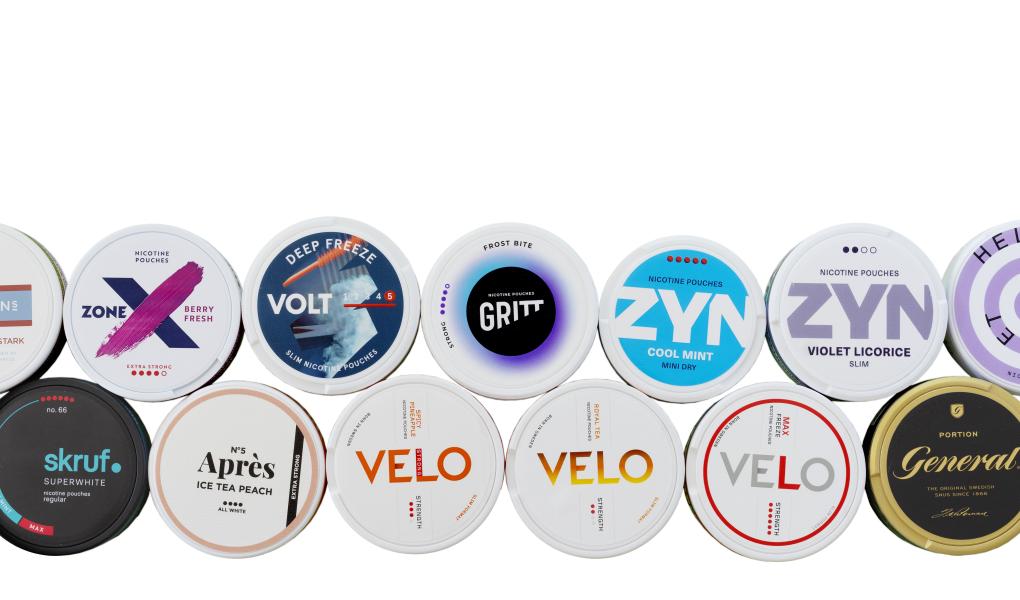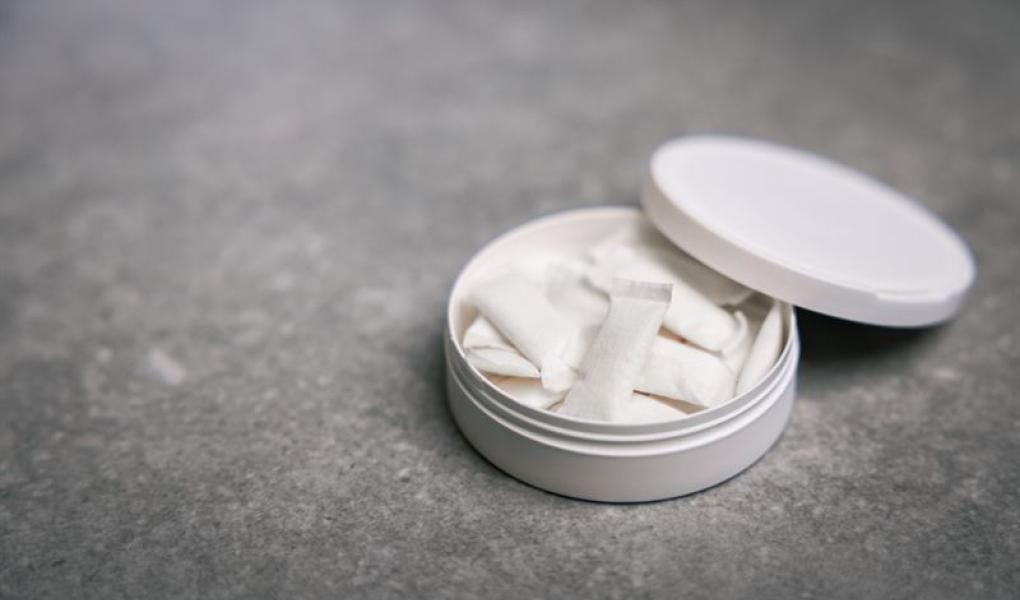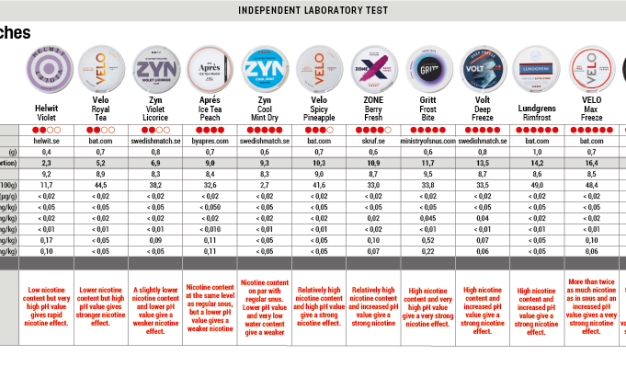The debate over the legitimacy of nicotine pouches has hardly escaped those who use some form of stimulants within the limits of the law. The arguments vary from it being a gateway to nicotine addiction or other drugs to being a product for keeping youths away from smoking or using the more harmful tobacco-based brown snus.
[PDF]
In Sweden, approximately 20 percent of men and seven percent of women use snus in some form daily. However, the number of smokers is considerably lower than in other countries. While it would be best for public health if everyone stopped using nicotine, the reality is that many are stuck in nicotine addiction.
Medically speaking, nicotine is not unproblematic. For example, research by Louise Adermark, associate professor of neurobiology at the University of Gothenburg, shows that nicotine is not only highly addictive but can also cause lasting changes in the brain cells that control behavior and emotions. Other research by Magnus Lundbäck, cardiologist at Danderyd Hospital and associate professor of cardiology at the Karolinska Institute, shows that nicotine can cause increased vascular stiffness, linked to increased risk of stroke and heart attack.
Regardless of one's views on nicotine pouches and its effects, it has achieved significant sales success, not least among young people and women. One of the reasons for this is likely exciting flavors that attract new consumers to the category.
Nicotine pouches and other nicotine products cannot be sold to individuals under 18, but a 2021 Novus survey found 19 percent of girls and 17 percent of boys in ninth grade had tried nicotine pouches at some point. In upper secondary school, the corresponding figure was 37 and 31 percent, respectively.
In consultation with external experts, Testfakta has evaluated the content of twelve common brands of nicotine pouches on the Swedish market compared to a regular brown tobacco snus, General Original portion. The focus is on nicotine content, pH value and the presence of harmful substances such as tobacco-specific nitrosamines (NNN and NNK) and heavy metals like arsenic and cadmium.
The analyses forming the basis of our evaluation have been carried out by the independent laboratory Eurofins Scientific in Lidköping, Sweden, on behalf of Nicoleaks.
The evaluation shows that nicotine pouches contain significantly lower levels of harmful substances such as nitrosamines and heavy metals. However, it also shows that the nicotine content is often much higher than in tobacco snus. Nicotine levels vary widely between different products, ranging from about 2.3 mg/portion to as high as 19.9 mg/portion. But there are also stronger variants on the market. Regular brown tobacco snus is usually around 8mg/portion, although there are also considerably stronger products.
But the nicotine content only explains part of the strength. The pH value of the snus also has a significant impact on the effect. When saliva dissolves the nicotine salt in the pouch, the pH value determines how quickly the nicotine is absorbed by the body. Just a small increase in pH dramatically increases the percentage of free nicotine. At pH 8 about 50% of the nicotine is free, at pH 8.5 about 75%, and at pH 8.9 about 90%.
- When the value rises a bit above 9.0, the effect of the increase slows down quite quickly. You reach full effect, and a higher value becomes meaningless, says Torbjörn Synnerdahl, test manager at Eurofins.
Previously, there has been no standardized way to indicate the nicotine strength in white snus. The manufacturers have instead used their own scales, often in the form of a "dot system", intended to show perceived strength.
From 1 July 2023, Swedish law requires all ingredients in snus to be listed on the packaging in descending order of weight. This also means that information on nicotine content and distribution per portion must be disclosed. However, there is no requirement to inform about the nicotine effect or declare the pH value. The snus in our compilation varies between pH 8.3 and 9.5, which represents a considerable difference in nicotine effect even if the nicotine content itself is equivalent.
Providing only nicotine content alone does not give the whole picture and makes it difficult for the consumer to control nicotine intake and reduce their dependence.



